What financial organisations need to know to run an effective climate programme


- Author
- Cecile BussyPR & Communications
- Category
- Insight
- Published
- 10 November 2021
Finance is the beating heart of the world economy, and money runs in its veins. Financial organisations are uniquely positioned to accelerate the world’s journey to net zero. But this won’t come without a science-based, coordinated climate programme. Here’s a guide to starting your decarbonisation journey.
It’s only a matter of time before financial institutions worldwide are required to measure and report on their impact on climate change.
New Zealand set a precedent by voting in a law that requires financial institutions to come clean on their climate risks and opportunities. Early this year, France, the UK and Switzerland said they could do the same soon.
The International Financial Reporting Standards launched the International Sustainability Standards Board (ISSB) at COP26 to set global sustainability disclosure standards.
More regulations might sound daunting. But if you are well prepared for them, they could help you become a finance leader in a low-carbon economy.
How? The answer is in carbon measurement.
To get a complete picture of their footprint, financial institutions need to account for both their direct emissions and the indirect emissions generated by their finance portfolios. Your carbon strategy will include shifting investment away from carbon-intensive industries and prompt your portfolio companies to reduce their emissions too.
On paper, it will have a massive impact on your carbon footprint. In practice, it’s an extensive network of companies, partners and employees to engage with. So, how can you do that effectively?
We laid out five ways to build a climate programme that reduces your carbon footprint, anticipates climate risks and empowers you to become a green finance leader.
1. Take your Scope 3 emissions seriously
Carbon measurement is more complex for financial companies because of their large financial portfolios.
The Greenhouse Gas Protocol (GHG Protocol) which provides global standardised frameworks to measure GHG emissions – has set out three categories to calculate corporate carbon emissions.
- Scope 1: Direct emissions that come from sources you own or control.
- Scope 2: Indirect emissions that come from any electricity, steam, heating and cooling that your company purchases.
- Scope 3: The rest. The upstream emissions that come from producing or transporting the goods or materials that your company purchases, and the downstream emissions that come from your customers using or disposing of your products.
A company’s financial activities fall into its scope 3. These include investments and loans across your company portfolio, industry sectors and carbon reduction initiatives (actions, products, services). It’s also where most of its emissions come from.
Mapping your carbon footprint across your network will therefore outline who is contributing the most to your overall emissions. That way you can work together on short and long term carbon reduction targets, for instance, by limiting business air travel to C-suite executives only twice a year.
On a bigger scale, measuring your carbon footprint will prompt hundreds of other businesses to become aware of their emissions – and take action.
Did you know that the number of shares you own in one company will impact your emissions calculation?
- If you are a majority shareholder of a company, its footprint falls into your scope 1 and 2 emissions.
- If you are a minority shareholder, it goes into your scope 3.

2. Leverage tech to connect all direct and indirect emissions
It’s become clear to finance leaders that carbon reporting is necessary to gauge their vulnerability to climate change. But they struggle with drawing a complete and accurate picture of direct and indirect emissions.
Since they need to engage with hundreds of actors across their organisation, portfolio and industry sectors, they need a solution to make carbon measurement easy.
From doing it manually to hiring a pricey consulting firm, multiple options are available. Financial leaders are increasingly looking into digital solutions to automate data collection and generate a large-scale analysis of their carbon footprint.
Leveraging tech can become a powerful solution to securely calculate carbon emissions at scale, so financial institutions can focus on planning and implementing their carbon reduction strategy.
3. Invest in the low-carbon economy
A well-rounded climate programme includes investment in climate positive projects – even if the main focus should be on reduction action.
That’s good news: you will financially support projects that will bring a positive impact on the planet – and indirectly contribute to lowering your carbon footprint.
Here are four types of carbon positive investments:
- A product or service that accelerates the green transition, such as wind turbines or electric cars
- A climate-driven investment fund, such as Time for the Planet or Pale Blue Dot
- A climate project with an internationally recognised certification that captures, avoids, reduces and/or prevents carbon emissions in the long term, such as food security programme for Yunan children in China and a forest restoration scheme in Haiti
- Climate dividends that allow investors to support and hold shareholder rights in organisations that have a positive impact on the planet
The carbon market is becoming increasingly competitive and some people have started to take advantage of companies’ appetite for carbon credits. To avoid putting money in unsustainable projects, look for certified climate projects.
Four international carbon certifications to know
- Verified Carbon Standard - Verra
- Gold standard for the Global Goals
- Plan Vivo Foundation
- UN-Certified Emission Reductions – CERs
4. Be transparent about your carbon journey
The financial industry plays in many conflicting sectors. This sends mixed messages that can only raise eyebrows.
On the one hand, they put money into supporting the green transition. HSBC, for example, committed in 2017 to investing $100 billion in sustainable finance by 2025 and becoming a net-zero bank. On the other hand, they keep investing billions in fossil fuels.
But things are changing. Financial stakeholders have started to hold each other accountable.
In March, HSBC’s shareholders including BlackRock AGM compelled the bank to commit to phasing out its fossil fuel investment and set science-based carbon targets aligned with the Paris Agreement.
This was significant for two reasons: not only did it show that investors want to take part in building a low carbon economy, but it also proved their power in speeding up a company’s green transition.
COP26 has also generated momentum in the global finance community and many are levelling up their green finance plans. Let see who will turn their pledges into concrete actions.

5. Identify climate risks and opportunities
The finance industry is realising that riding the sustainable wave is no longer an option.
Measuring the carbon footprint of your financial activities is necessary to future-proof your assets during the transition to a low-carbon economy.
Investment in “high transition risk industries” like electricity, gas, mining and construction represents significant risks for European banks. Case in point, these sectors are all heavy emitters of greenhouse gas.
The Task Force on Climate-related Financial Disclosures (TCFD) recommends including carbon measurement in your climate-related financial reporting because it can help you anticipate risks and discover new investment opportunities.
Let’s say you notice your activities in the meat industry inflate your carbon footprint. You can help your portfolio companies to reduce their emissions by divesting from industrialised farming and looking into low-carbon options, such as lab-grown meat or plant-based alternatives. That market has been booming and could be worth $74 billion in the next decade.
Several green finance networks now encourage industry leaders to leverage carbon measurement as a starting point to identify climate risks and opportunities.
Five organisations to support your climate finance efforts
- UN Netzero Asset Alliance – an international group of 61 institutional investors committed to aligning their portfolios with a 1.5C scenario
- Partnership for Carbon Accounting Financials (PCAF) – a network of 171 financial institutions working together to decarbonise the industry
- UK Sustainable Investment and Finance Association – a membership organisation that wants to grow a sustainable and responsible finance system in the UK
- International Finance Corporation (World Bank Group) – a global institution that supports the private sector in developing countries to transition to a low-carbon economy
- The Central Banks and Supervisors Network for Greening the Financial System (NGFS) – a global financial network that wants to enhance the role of the financial system in contributing to global net-zero
- The Task Force on Climate-related Financial Disclosures (TCFD) – a platform that makes the reporting of climate-related financial information more accessible
Looking into your carbon footprint as a financial organisation can be overwhelming. There are many actors to get on board and fully engaged to draw an accurate picture of your carbon footprint.
It’s a network problem. That’s why we have built our enterprise-grade platform to make carbon data collection and analysis seamless and automated, so you can focus on reducing your carbon footprint and contributing to global net-zero efforts.
This network approach to calculate financed emissions got us selected to go on the stage of the UK Cabinet’s Tech for Our Planet programme at COP26 this month.
Run a climate programme. Become a green finance leader. Start here.
More stories
Track, report and act
Sweep helps you get your carbon on-track
Sign up to The Cleanup, our monthly climate newsletter

© Sweep 2023


